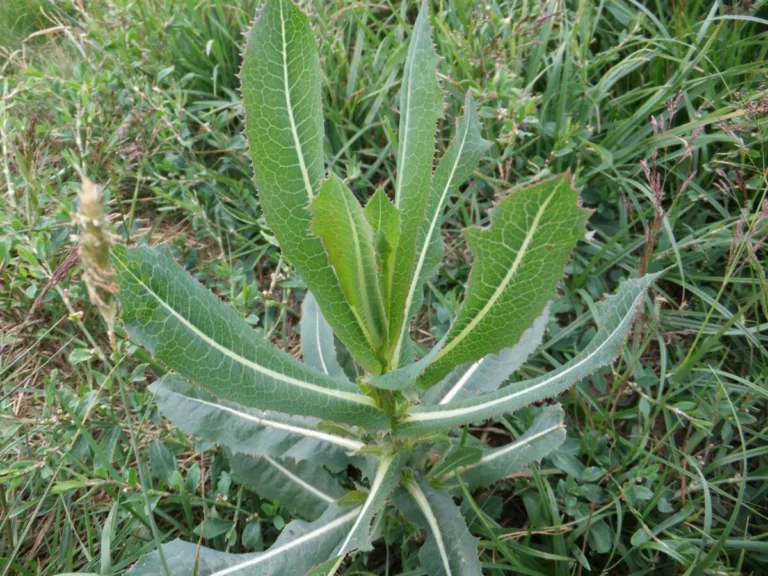Often dismissed as a common weed, Lactuca serriola (prickly lettuce) has been used for centuries as a natural painkiller and sedative. Modern research is now validating its traditional uses—from easing chronic pain to promoting restful sleep.
7 Proven Benefits of Prickly Lettuce
1. Natural Opioid Alternative
✔ Contains lactucin and lactucopicrin—compounds that act on the central nervous system to relieve pain
✔ Used historically as a mild opium substitute (without addiction risk)
2. Anxiety & Insomnia Relief
✔ Mild sedative effects help calm racing thoughts
✔ Traditional sleep aid (non-habit forming)
3. Respiratory Support
✔ Soothes bronchial irritation and coughs
✔ 19th-century remedy for whooping cough
4. Anti-Inflammatory Powerhouse
✔ Reduces swelling in arthritis and joint pain
✔ Topical poultice for skin inflammation
5. Digestive Aid
✔ Relieves IBS symptoms and stomach cramps
✔ Mild laxative effect for constipation
6. Potential Cancer Fighter
✔ Early studies show apoptosis-inducing effects on leukemia cells
7. Headache & Migraine Relief
✔ Vasoconstrictor properties help reduce vascular headaches
How to Use Prickly Lettuce
1. Pain-Relieving Tea
- Steep 1 tsp dried leaves in hot water for 10 minutes
- Drink 1-2x daily for chronic pain
2. Smoking Blend
- Traditional method for quick relaxation
- Often mixed with mullein or damiana
3. Tincture (Most Potent Form)
- Alcohol extract preserves active compounds
- 5-10 drops as needed
4. Topical Oil
- Infuse leaves in olive oil for muscle rub
Safety & Cautions
⚠ Pregnant women – May stimulate uterine contractions
⚠ Sedative medications – Can potentiate effects
⚠ Start with low doses – Can cause dizziness in excess
Historical Significance
- Ancient Egypt: Used in pain-relief rituals
- American Civil War: Field remedy for wounded soldiers
- Modern Herbalism: Recognized as a non-addictive analgesic
